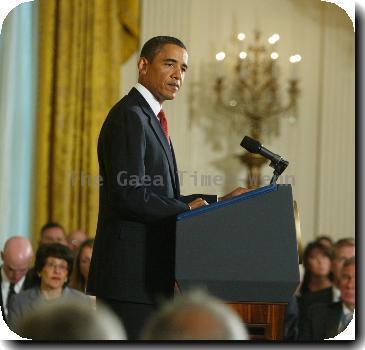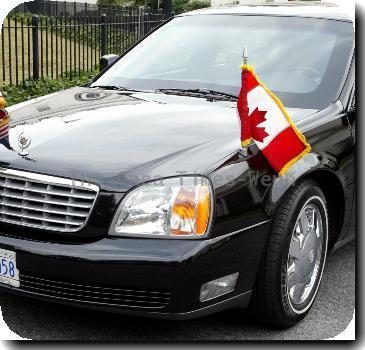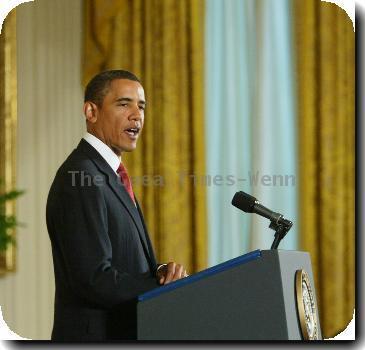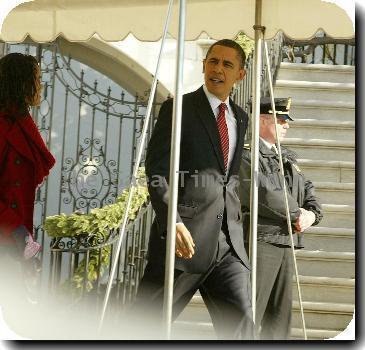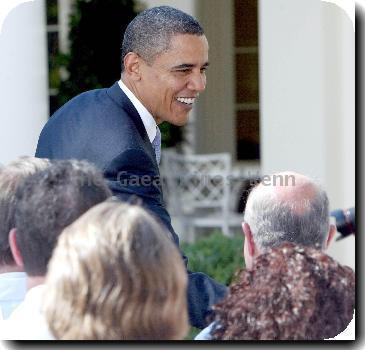Embattled Afghan Taliban rely on human shields in fight to hold on to southern town
By Rahim Faiez, APWednesday, February 17, 2010
Embattled Afghan Taliban rely on human shields
MARJAH, Afghanistan — Taliban fighters holding out in Marjah are increasingly using civilians as human shields, firing from compounds where U.S. and Afghan forces can clearly see women and children on rooftops or in windows, Afghan and U.S. troops said Wednesday.
The intermingling of fighters and civilians also has been witnessed by Associated Press journalists. It is part of a Taliban effort to exploit strict NATO rules against endangering innocent lives to impede the allied advance through the town in Helmand province, 380 miles (610 kilometers) southwest of Kabul.
Two more NATO service members were killed in the Marjah operation Wednesday, the alliance said in a statement without identifying them by nationality.
Their deaths brought to six NATO service members and one Afghan soldier who have been killed since the attack on Marjah, the hub of the Taliban’s southern logistics and drug-smuggling network, began Saturday. About 40 insurgents have been killed, Helmand Gov. Gulab Mangal said.
During Wednesday’s fighting, Marines and Afghan troops “saw sustained but less frequent insurgent activity,” mostly small-scale attacks, NATO said in a statement.
NATO spokesman Brig. Gen. Eric Tremblay told journalists in Brussels that most of the objectives have been achieved. “Perhaps the pocket in the western side of Marjah still gives freedom of movement to the Taliban, but that is the extent of their movement,” he said.
This is the biggest offensive since the 2001 U.S.-led invasion of Afghanistan, and a test of President Barack Obama’s strategy for reversing the rise of the Taliban while protecting civilians.
As Marines and Afghan soldiers press their offensive, they have been forced to hold their fire because insurgents are shooting from inside or next to mud-walled compounds where civilians are present — and restraint slows their advance.
Brig. Gen. Mohiudin Ghori, the brigade commander of Afghan troops in Marjah, said in some cases women and children may have been ordered to stand on a roof or in a window of buildings where Taliban fighters are shooting.
Ghori said troops have to decide between firing on insurgents among civilians, or advance much more slowly to keep women and children out of the crossfire.
“They are trying to get us to fire on them and kill the civilians,” Ghori said.
Journalists embedded with the Marines have seen such cases: a neighborhood is alive with children, then the next minute the streets are empty and gunshots ring out. As the troops advance, children reappear, peering and grinning through half-closed doors.
Rocket-propelled grenades have been fired from behind groups of civilians, who scamper away as the Marines point their weapons toward the source of fire. Marines have come under fire in poppy fields as they are being tended by farmers.
“I myself saw lots of people that were shot, and they were ordinary people,” said Afghan soldier Esmatullah, who did not give his rank and like many Afghans goes by one name. Taliban “were firing at us from people’s homes. So in returning fire, people got shot,” he said.
NATO has confirmed 15 civilian deaths in the operation. Afghan rights groups say at least 19 have died.
Troops are forbidden to fire unless they identify a target displaying “hostile intent.” Marines cannot shoot at fighting-age men walking out of a building used by snipers unless the men are carrying a weapon or have been seen dropping one.
Public outrage over civilian deaths last year prompted the top NATO commander, U.S. Gen. Stanley McChrystal, to tighten the rules of combat, including curbs on airstrikes if civilians are at risk.
Afghan civilian deaths soared to 2,412 last year — the highest number of any year of the war, according to the U.N. But deaths attributed to allied troops dropped nearly 30 percent after the new rules were imposed, according to a U.N. report.
On Wednesday, an Afghan soldier climbed to the roof of an abandoned shop and raised his country’s green-and-red flag before provincial officials, hundreds of Marine and Afghan troops and a few civilians.
The market was calm during the ceremony and the Marines said they were in control of the neighborhood.
Signs of fighting were everywhere. The back of the building with the flag had been blown away. Shops were riddled with bullet holes. Grocery stores and fruit stalls stood open, hastily deserted by their owners. White metal fences marked off areas not cleared of bombs.
Afghan soldiers said they were guarding the shops to prevent looting.
A Marjah resident at the flag-raising said the area around the market has been devastated by the assault.
“The Taliban fired a few shots and then the troops came and bombed the area,” said Abdul Rasheed, a bearded, middle-aged man. “People fled their homes in a desert without food and water. Children and women are living in very hard conditions.”
Once the town of 80,000 people is secure, NATO plans to rush in civil administrators to revive schools, health clinics and electricity in hopes of winning public support to discourage the Taliban from returning.
About 1,100 police, including 900 members of a paramilitary force, were sent to Marjah and the surrounding area Wednesday, Afghan Interior Ministry spokesman Zemeri Bashary said in a videoconference with journalists in Brussels.
Mangal, the Helmand governor, said the neighborhoods will be turned over to Afghan police as they are secured.
“Life is returning to normal,” he said. “You can see the people are busy in their daily lives. Some shops are still closed but once they arrest the enemy, hopefully, the shops will reopen too.”
The town is probably safe enough now for a deputy district chief to move in and start setting up the government, said State Department official Frank Ruggiero.
He told reporters in Kabul that one obstacle is that the Taliban planted bombs all over abandoned government buildings in Marjah, including inside the walls of the district center.
Faiez reported from Helmand province. Associated Press writers Deb Riechmann and Heidi Vogt in Kabul and Slobodan Lekic in Brussels contributed to this report.
Tags: Afghanistan, As-afghanistan, Asia, Barack Obama, Central Asia, Collateral Damage, Geography, Kabul, Marjah, Municipal Governments, North America, United States, War Casualties

